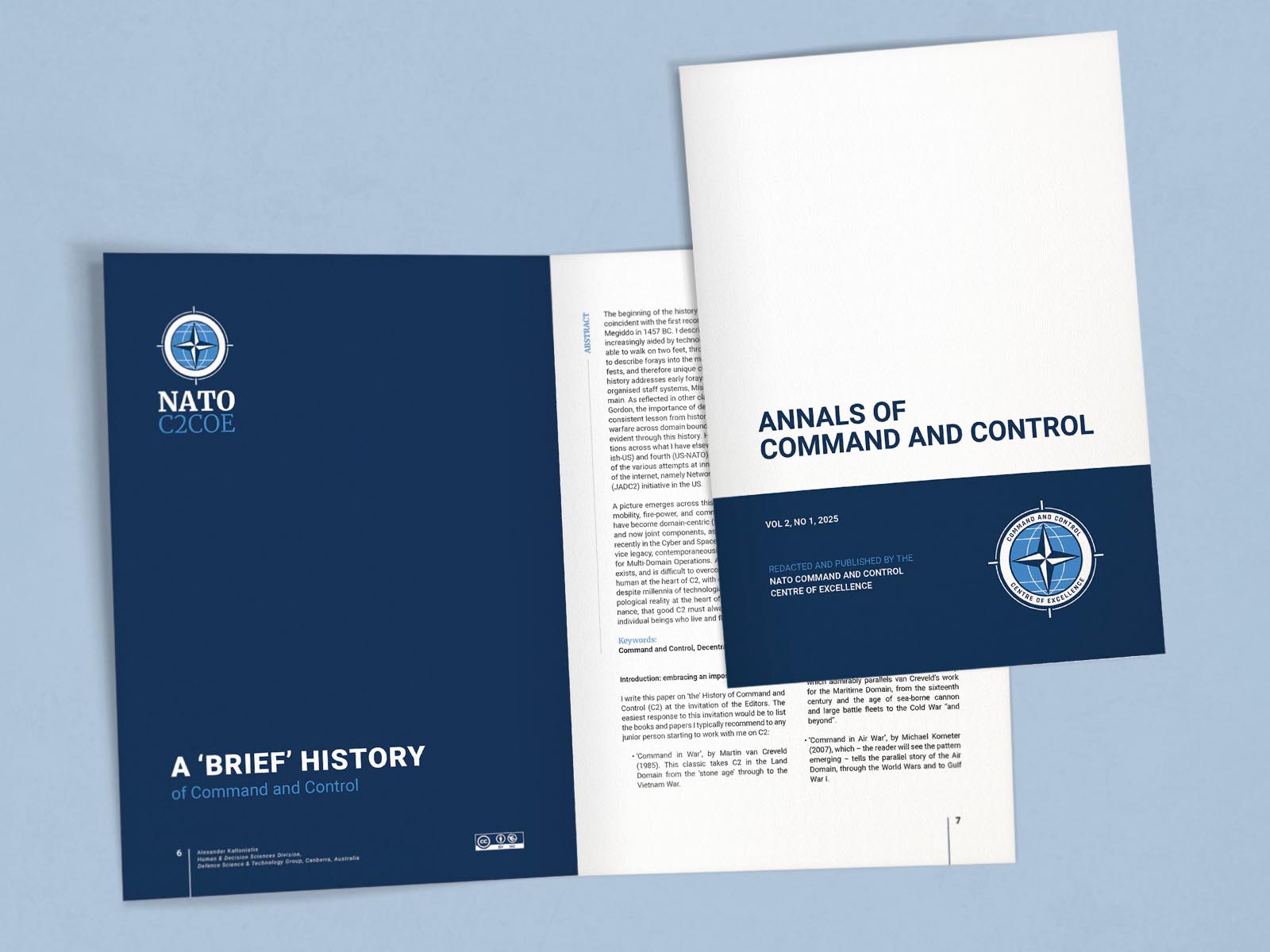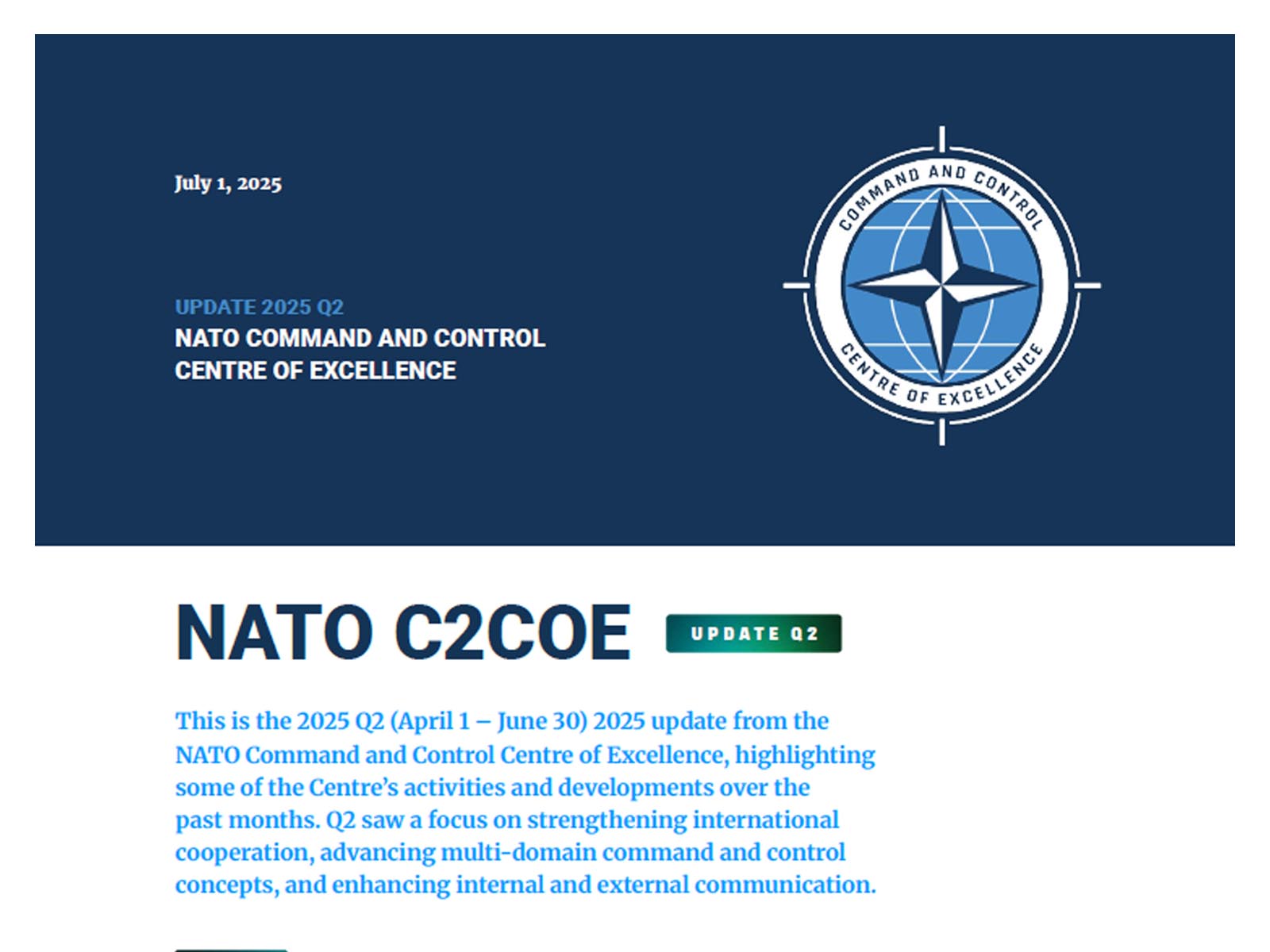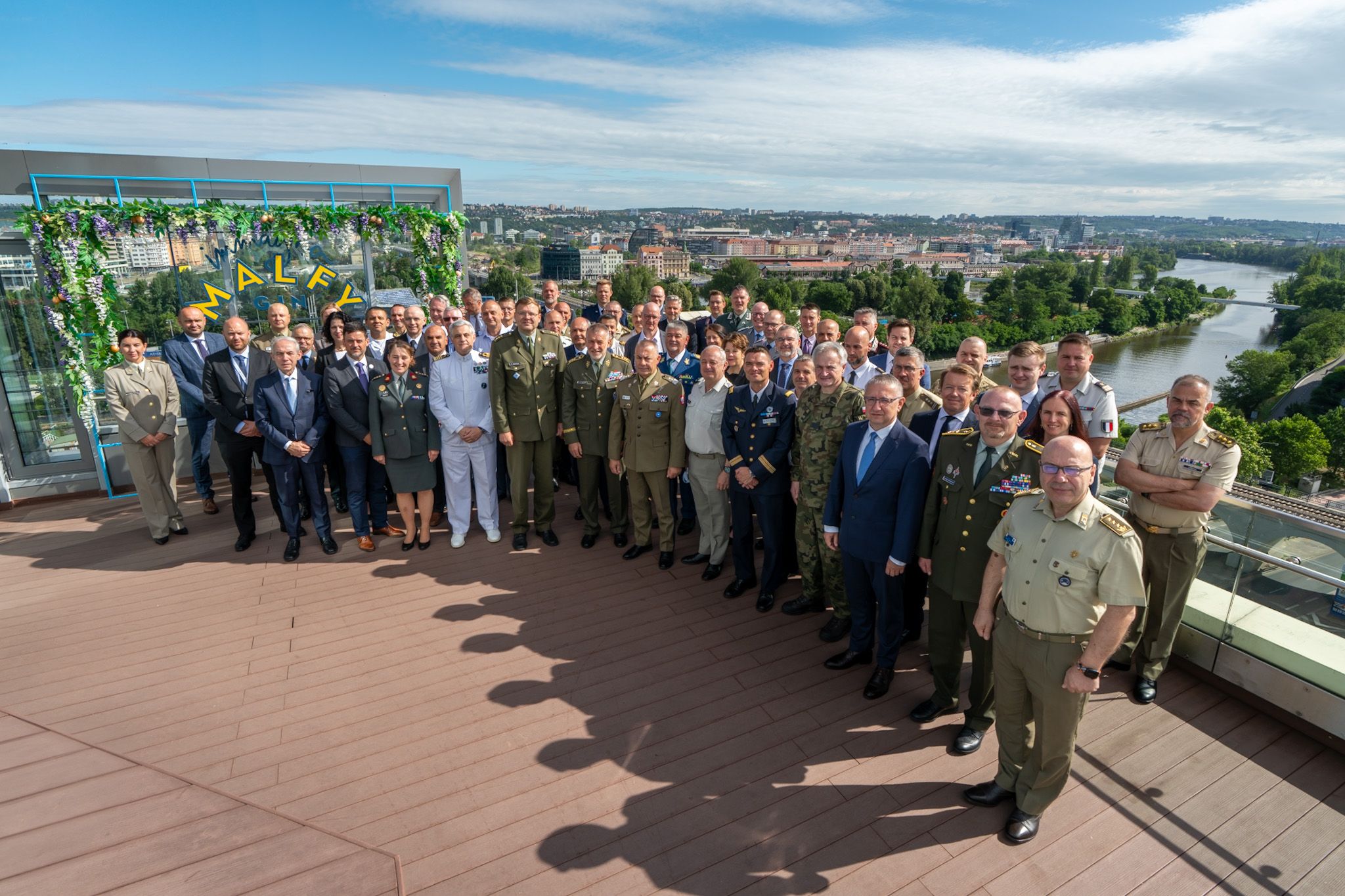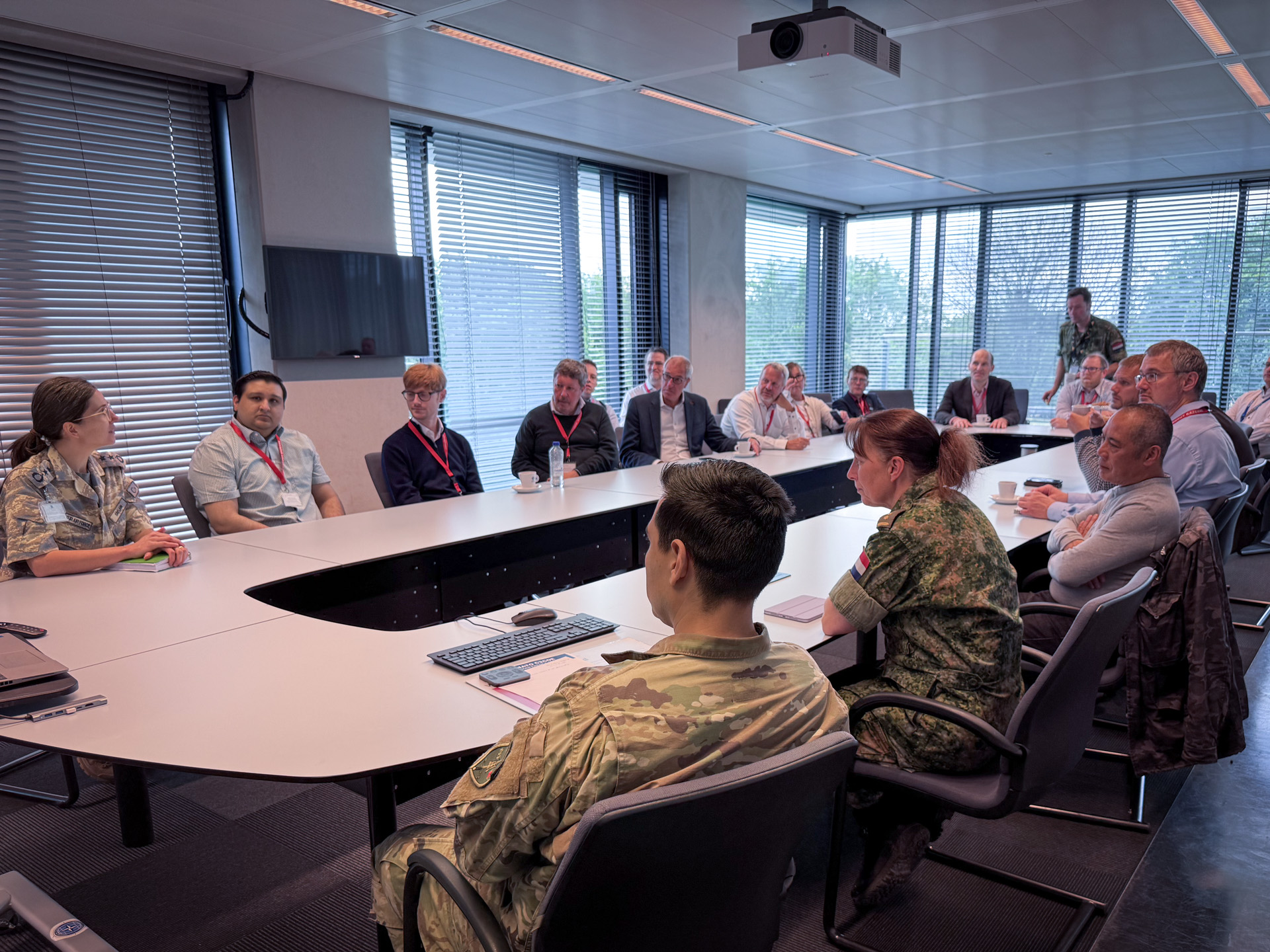“A COE is a nationally or multi-nationally sponsored entity, which offers recognised expertise and experience to the benefit of the Alliance, especially in support of transformation.” A COE is not part of the NATO Command Structure (NCS), but forms part of the wider framework supporting NATO Command Arrangements (NCA).
Principles
- No Principlescost to NATO.
- Conform to NATO procedures, doctrines and standards.
- No duplication with existing assets.
- Relationships with Strategic Commands through Memorandum of Understanding agreements.
- Relationships with partners are supported and encouraged.
The MC Concept states, “A COE is not part of the NATO Command Structure, but forms part of the wider framework supporting NATO Command Arrangements”. We may say metaphorically that NATO accredited COEs have one foot within NATO (because they are “part of the wider framework supporting NATO Command Arrangements” and because they are activated as NATO Military Bodies) and they have one foot outside NATO (because they are “not part of the NATO Command Structure” or of the NATO Forces Structure). This gives COEs great flexibility in the relationships with other international and civilian entities.
The idea for a COE generally can come from either NATO or an Alliance Nation. If the idea comes from NATO, it is resulting from an identified capability shortfall. If the idea comes from an Allied Nations, it may not necessarily be directly related to capability shortfalls, yet be beneficial for NATO.
A NATO COE is a COE that has been accepted and accredited by the Military Committee. During the accreditation process, the COE can request from the NAC to be granted the status of a NATO Military Body, and thus granting it international status under the Paris Protocol.
No, NATO cannot task the COEs, because they are not under command authority of NATO. In fact, COEs are “not part of the NATO Command Structure” they are owned by their sponsoring nations.
NATO can ask the COEs by submitting a Request for Support (RFS) in the Programme of Work (POW) tool, through a process entitled the COE POW Development Cycle.
Yes, they can. The addition of any new Sponsoring Nation (SN) to a COE is done through a Note of Joining (NOJ), to be signed by the joining Nation and the already participating SNs. Unless otherwise specified; the NOJ will come into effect on the date of the last signature. Any SN may withdraw from the COE giving the twelve months written notice to all other SNs and by informing the Director and Steering Committee (SC) in writing.
In short, COEs are to be funded by the Sponsoring Nations. However, there are provisions allowing for the potential use of Common Funding, but only in exceptional circumstances, which have not been clearly defined. Decision by the MC on a case-by-case basis.
Yes, they can. Partner Nations can join NATO COEs as Contributing Partners, which means that they will be able to provide inputs and have access to COE’s products and services, however they will not have voting right in the Steering Committee (SC). These relationships should be managed by the COEs on case by case basis, taking into account security aspects.
Yes they can, moreover they are encouraged to do so. These relationships should be managed by the COEs on case by case basis, taking into account security aspects.
Each COE has its own homepage. In addition, you can find information about the COEs in general at http://www.act.nato.int/centres-of-excellence and more details at https://portal.transnet.act.nato.int/Pages/home.aspx (You need to sign up for a TRANSNET account)
(https://en.wikipedia.org/wiki/Allied_Command_Transformation)





